Carolina & Matthew
Things To Do
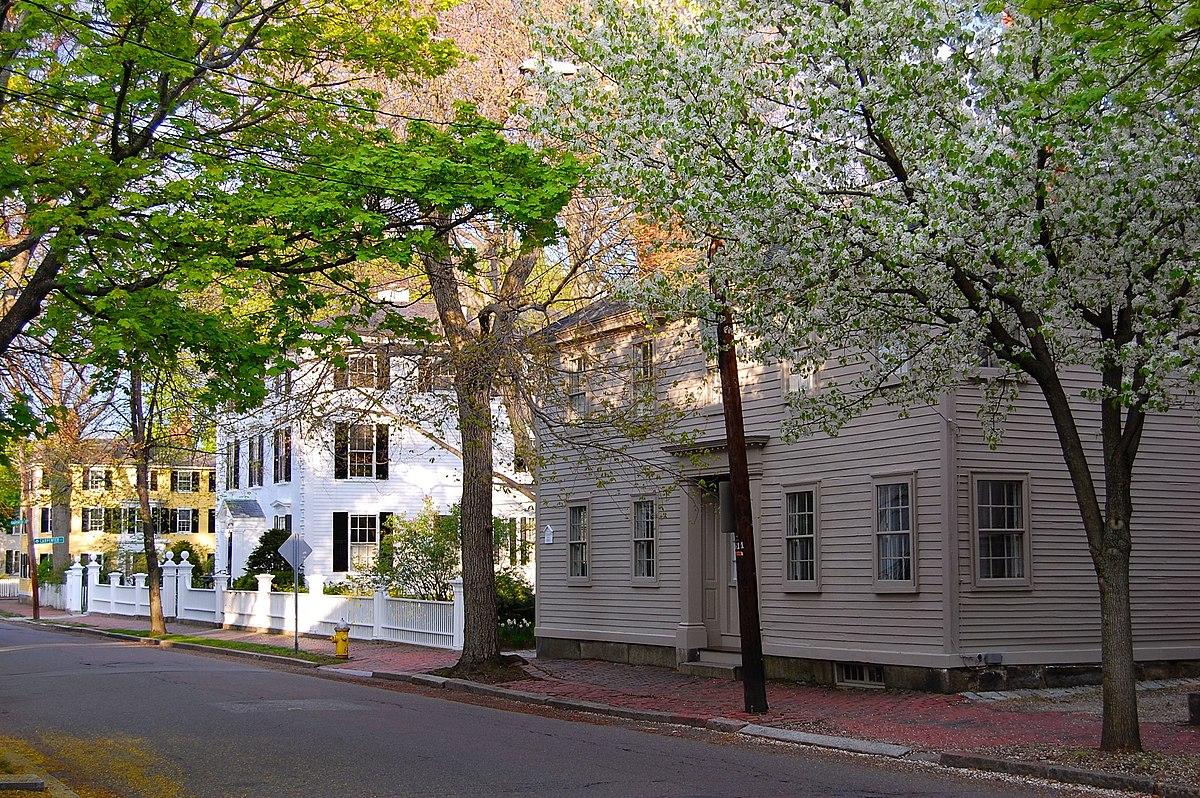
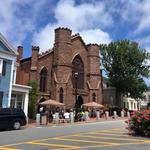
Salem Witch Museum
The Salem Witch Museum examines the Salem witch trials of 1692. The museum consists of two presentations. The first provides an immersive look into the events of 1692. Visitors experience the drama of that dark time though thirteen life-size stage sets, figures, lighting and narration as they are witness to the web of lies and intrigue of the Salem witch-hunt. The second exhibit, Witches: A presentation focusing on the European witch trials and the background leading to the Salem witch trials. The museum is open year-round, every day except Thanksgiving, Christmas, New Year’s Day and in January for several weeks as we close to paint, and prepare the museum for the upcoming season. Presentations are offered every half-hour from 10:00 am to 4:30 pm, with extended hours in July, August and October. Plan to allow at least one hour for your visit. Note: Because of COVID-19, the City of Salem, and Commonwealth of Massachusetts have enacted mandates to allow Museums to operate.
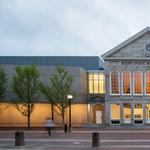
Peabody Essex Museum
Founded in 1799, the Peabody Essex Museum (PEM) is the country’s oldest continuously operating museum. It’s also one of the largest and fastest-growing. PEM celebrates outstanding artistic and cultural creativity through exhibitions and events that emphasize cross-cultural connections, integrate past and present, and underscore the vital importance of creative expression. Founded in 1799, the Peabody Essex Museum (PEM) is the country’s oldest continuously operating museum. It’s also one of the largest and fastest-growing. PEM celebrates outstanding artistic and cultural creativity through exhibitions and events that emphasize cross-cultural connections, integrate past and present, and underscore the vital importance of creative expression. Visitors will find hands-on creativity zones, interactive opportunities, performance spaces, and historic property tours, including Yin Yu Tang, a 200-year-old Chinese House.
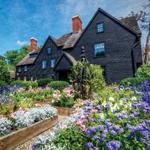
The House of the Seven Gables
In 1668, merchant and ship-owner John Turner built a house on Salem Harbor that was destined to become one of America’s most beloved historic homes. Designated a National Historic Landmark District in 2007, The House of the Seven Gables is best known today as the setting of world-renowned American author Nathaniel Hawthorne’s 1851 novel. https://www.harvardmagazine.com/2016/05/preservering-a-muse
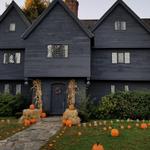
The Witch House at Salem
The Witch House, home of Judge Jonathan Corwin, is the only structure still standing in Salem with direct ties to the Witchcraft Trials of 1692. As a local magistrate and civic leader, Corwin was called upon to investigate the claims of diabolical activity when a surge of witchcraft accusations arose in Salem and neighboring communities. He served on the Court of Oyer and Terminer, which ultimately sent nineteen to the gallows. All nineteen refused to admit to witchcraft and maintained their innocence. The house is an excellent example of seventeenth-century architecture. Judge Corwin, buried in the nearby Broad Street Cemetery, purchased the structure in 1675 when he was 24 years old and lived there for more than forty years. The house remained in the Corwin family until the mid-1800's.
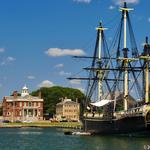
Salem Maritime National Historic Site
Salem Maritime, the National Park in Salem, is a nine-acre historic site located on Salem’s waterfront that tells the history of Salem’s international trade and the sailors and merchants who built the economy of the young United States. National Park Rangers present guided tours of historic buildings and replica tall ship Friendship, and are ready help you navigate Salem at the Visitor Center, conveniently located on New Liberty Street across from the city parking garage.
